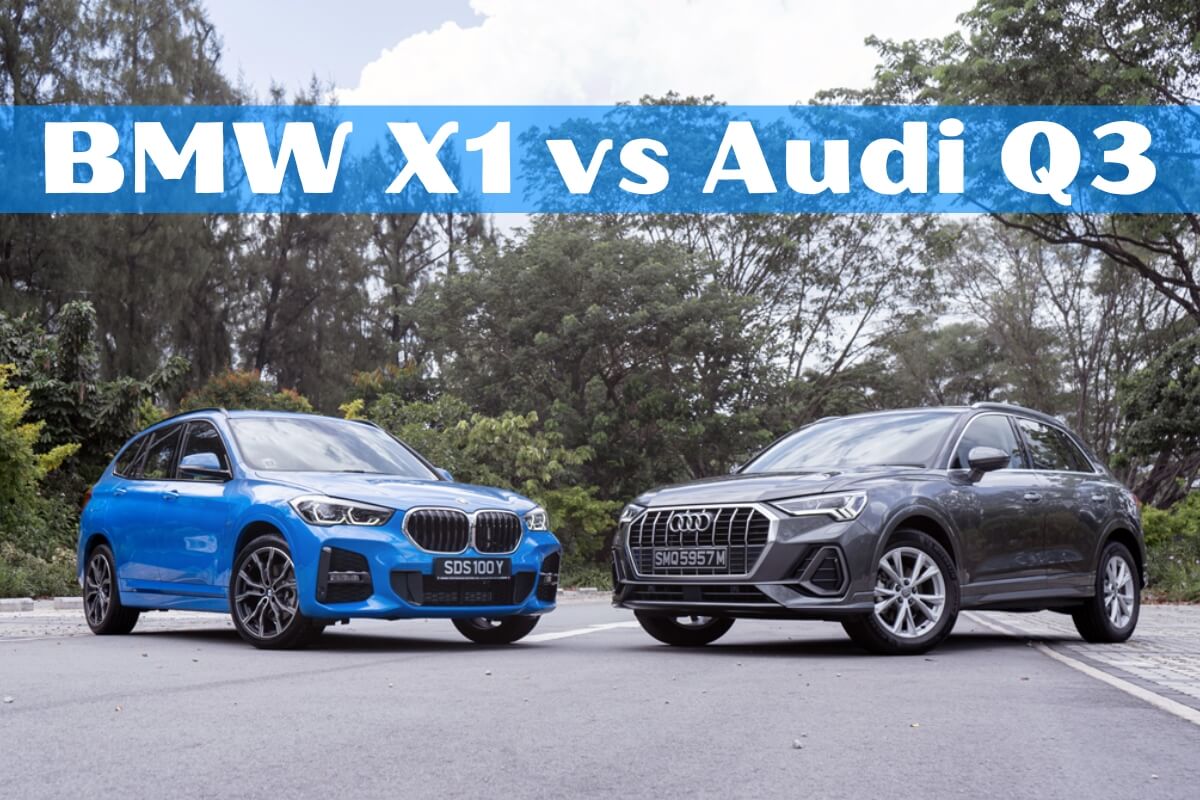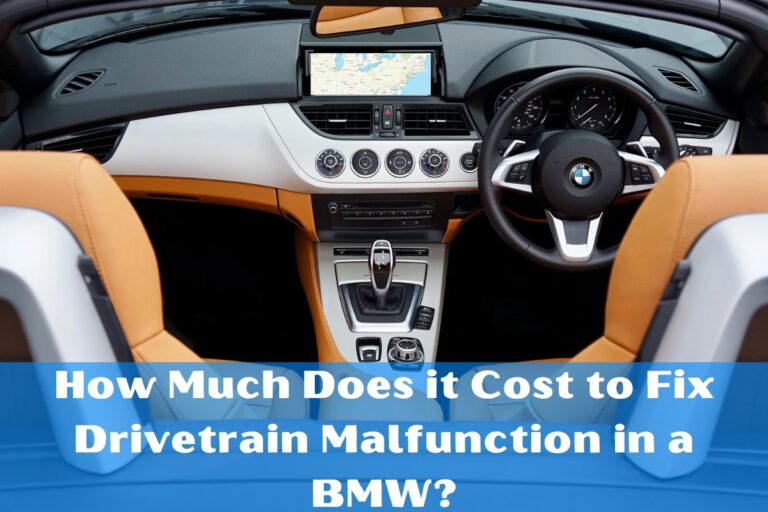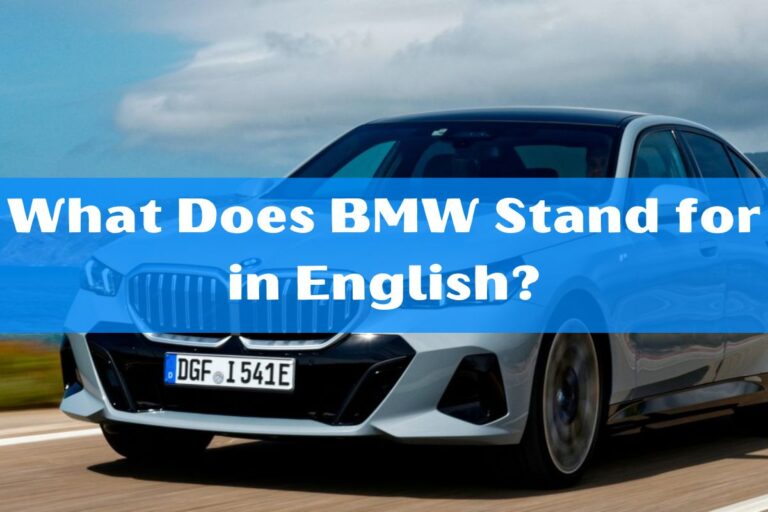BMW X1 vs Audi Q3: Luxury Compact SUV Showdown

Are you in the market for a premium, feature-packed compact SUV? The BMW X1 and Audi Q3 are two top contenders that should be on your radar. These German rivals offer a compelling blend of luxury, performance, and practicality. In this comprehensive comparison, we’ll break down the key differences to help you decide which one better suits your needs.
The battle between these premium compact SUVs covers design, interior comfort, performance, efficiency, safety features, trim levels, and pricing. By the end, you’ll have a clear idea of which model emerges as the frontrunner in this fierce “BMW X1 vs Audi Q3” showdown.
Exterior Design and Dimensions
When it comes to exterior styling, the BMW X1 and Audi Q3 take distinctly different approaches. The X1 flaunts a more muscular, aggressive design with pronounced character lines and BMW’s signature kidney grille. Its upright stance and squared-off proportions give it an unmistakable SUV look.
On the other hand, the Q3’s design is more subdued and elegantly sculpted. Audi’s trademark Singleframe grille and sleek LED headlights lend the Q3 a refined, almost coupe-like appearance. Its sloping roofline adds a touch of sportiness while maintaining a sophisticated demeanor.
In terms of size, the two are fairly evenly matched. The X1 is slightly longer and taller, measuring 176.3 inches long and 63 inches tall. The Q3 comes in at 176.6 inches long but stands 63.7 inches tall, giving it a lower and more hunkered-down stance.
Refined and Tech-Savvy Interiors
Step inside, and both the X1 and Q3 exude a premium cabin experience. BMW’s interiors are known for their driver-focused layouts, and the X1 is no exception. The cockpit wraps around you, putting all essential controls within easy reach. High-quality materials, including optional genuine wood trim, create an upscale ambiance.
Audi’s expertise in interior design shines through in the Q3. The minimalist dashboard is a masterclass in clean, uncluttered elegance. Premium materials abound, and the optional digital instrument cluster further elevates the high-tech feel.
In terms of infotainment, both SUVs are generously equipped. The X1 features BMW’s latest iDrive 8 system with a curved display housing a 10.25-inch digital gauge cluster and a 10.7-inch central touchscreen. Wireless Apple CarPlay and Android Auto are standard.
The Q3 counters with Audi’s excellent MMI infotainment system, accessed via a 10.1-inch touchscreen. It also offers wireless smartphone integration, though the available 12.3-inch virtual cockpit gives the Q3 an edge in customizability.
When it comes to passenger space, the BMW X1 takes the lead. It offers superior rear legroom, making it more accommodating for taller occupants. The Audi Q3’s sloping roofline slightly compromises rear headroom but still provides ample space for most passengers.
Power and Performance: Efficiency Meets Thrills
Under the hood, both SUVs offer a range of turbocharged four-cylinder engine options. The BMW X1 is available with two gasoline variants: a 184-hp 2.0L or a sprightly 241-hp 2.0L in the high-performance M35i model. A 228-hp turbo four serves as the Q3’s sole gasoline powertrain.
For those seeking extra efficiency, the X1 can also be had with BMW’s silky-smooth 2.0L turbodiesel engine, delivering 187 hp and impressive fuel economy. Audi does not currently offer a diesel option for the Q3 in the US market.
Both SUVs come standard with an 8-speed automatic transmission. The X1 offers front-wheel or all-wheel drive, while Quattro all-wheel drive is standard across the Q3 lineup.
In terms of performance, the X1 holds a slight edge. Its lighter curb weight and available M Performance models give it a more spirited, athletic character on winding roads. However, the Q3’s standard Quattro system provides superior traction and sure-footedness in inclement weather.
Fuel Efficiency: Sipping Fuel or Guzzling Gas?
When it comes to fuel efficiency, the Q3 has a clear advantage over the gas-powered X1 models. The Audi’s 2.0L turbocharged engine is EPA-rated at 25 mpg city and 32 mpg highway when equipped with front-wheel drive.
In contrast, the base X1 sDrive28i with front-wheel drive returns 23 mpg city and 32 mpg highway. The all-wheel drive xDrive28i variant sees those figures drop to 23 mpg city and 30 mpg highway.
The X1’s available diesel engine shines in this department, achieving up to 24 mpg city and 32 mpg highway with all-wheel drive. Over the long haul, the diesel X1 will save you money at the pump compared to its gas counterparts.
Cutting-Edge Safety and Driver Assistance Tech
Both BMW and Audi place a strong emphasis on occupant protection and driver assistance features. The X1 and Q3 have earned top safety ratings from agencies like NHTSA and IIHS, thanks to their rigid chassis construction and standard safety equipment.
The X1 comes with essentials like automatic emergency braking, lane departure warning, and rear cross-traffic alert. Optional features include adaptive cruise control, a 360-degree camera system, and a semi-autonomous parking assistant.
Similarly, the Q3 boasts a full suite of advanced driver aids, including adaptive cruise assist, lane departure warning, and rear cross-traffic assist. Unique features like Audi’s pre-sense city system can automatically apply the brakes to mitigate collisions at speeds under 52 mph.
While both SUVs offer impressive active safety and driver assistance capabilities, Audi’s pre-sense city and adaptive cruise assist systems give the Q3 a slight edge in this department.
Value Proposition: Which One Gives You More Bang for Your Buck?
When it comes to pricing, the BMW X1 and Audi Q3 occupy similar territory in the premium compact SUV segment. The X1 starts at $38,600 for the base sDrive28i model, while adding all-wheel drive bumps the price up to $40,600.
The Q3’s base Premium trim has a starting MSRP of $36,400, while the top-of-the-line Prestige model commands $43,300. However, Audi’s generous standard equipment list means you don’t have to venture too far into the options catalog to get a well-equipped Q3.
At the upper echelons of their respective lineups, the X1 M35i xDrive kicks things off at $48,550, while the Q3’s performance-oriented RS Q3 starts at a lofty $57,300.
When you factor in each model’s standard equipment levels, fuel economy figures, and long-term ownership costs, the Audi Q3 emerges as the better value proposition, especially in its mid-range trims.
The Verdict: Which Premium Compact SUV Reigns Supreme?
In this fierce battle between the BMW X1 and Audi Q3, there is no clear-cut winner. Both SUVs excel in different areas, making the choice largely dependent on your priorities and preferences.
The BMW X1 impresses with its athletic handling, potent engine options (including a diesel variant), and slightly roomier cabin. It’s the ideal choice for driving enthusiasts who want a compact SUV that doesn’t sacrifice performance or practicality.
However, the Audi Q3 counters with a more fuel-efficient powertrain lineup, sharper exterior styling, and a arguably more upscale, tech-laden interior. Its excellent all-wheel drive system and comprehensive suite of driver aids also give it an edge in inclement weather conditions.
If your priorities lean more toward efficiency, interior sophistication, and all-weather capability, the Q3 is likely the smarter choice. But if you crave a more engaging driving experience and don’t mind sacrificing some fuel economy for extra power, the X1 could be your prime pick.
Whichever way you lean, both the BMW X1 and Audi Q3 represent exceptional choices in the premium compact SUV segment. By carefully weighing your needs and desires, you can’t go wrong with either of these well-rounded, luxurious, and highly capable SUVs.
Driving Enjoyment: The X1 Holds the Edge
For those who value an engaging, sporty driving experience, the BMW X1 holds a distinct advantage. Its precise steering, eager acceleration (especially with the M35i’s potent 241 hp engine), and composed handling imbue it with a level of driving verve that’s rare in this class.
The X1’s lower curb weight and slightly wider track also pay dividends when it comes to agility and responsiveness. Whether you’re carving up a twisty backroad or simply enjoying a spirited run on the highway, the X1 delivers a more connected, rewarding experience behind the wheel.
That’s not to say the Audi Q3 is a slouch in terms of driving dynamics. Its standard Quattro all-wheel drive system provides exceptional grip and stability, making it a highly capable companion in less-than-ideal weather conditions. However, its more comfort-oriented suspension tuning and slightly numb steering feel prevent it from matching the X1’s outright athleticism.
Advanced Technology and Convenience Features
Both the BMW X1 and Audi Q3 come generously equipped with the latest tech and convenience features you’d expect from premium German automakers. However, each takes a slightly different approach.
The X1’s iDrive 8 infotainment system is a paragon of user-friendliness, with its large, crisply rendered displays and intuitive menu structure. Apple CarPlay and Android Auto integration is standard, as are niceties like a wireless charging pad and BMW’s Intelligent Personal Assistant.
Audi’s MMI system, while perhaps not quite as slick as iDrive, is still a highly capable and visually appealing infotainment suite. The available 12.3-inch Virtual Cockpit digital instrument cluster is a particular standout, providing a highly customizable and information-rich view directly in the driver’s line of sight.
When it comes to advanced driver assistance features, both SUVs offer a comprehensive suite of active safety tech. However, Audi’s pre-sense city system, which can automatically apply the brakes to mitigate collisions at low speeds, gives the Q3 a slight edge in this department.
Conclusion: The BMW X1 vs Audi Q3 Debate Continues
As our in-depth comparison has shown, the battle between the BMW X1 and Audi Q3 is a fierce one, with each model excelling in its own unique areas. Deciding between these two premium compact SUVs ultimately comes down to your specific priorities and preferences.
If you value driving engagement, potent powertrain options (including a fuel-efficient diesel), and a slightly roomier cabin, the BMW X1 is the clear choice. Its athletic handling and eager acceleration make it a true driver’s delight in this class.
However, the Audi Q3 counters with superior fuel efficiency (especially with its base 2.0T engine), a more sophisticated and tech-laden interior, and a slight edge in terms of all-weather capability thanks to its standard Quattro AWD system.
Whichever you choose, you can rest assured that both the BMW X1 and Audi Q3 represent the cream of the crop in the premium compact SUV segment. By carefully considering your needs and desires, you can’t go wrong with either of these well-rounded, luxurious, and highly capable SUVs.






